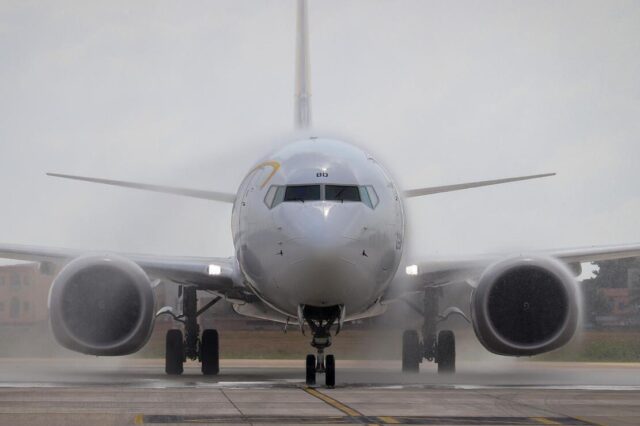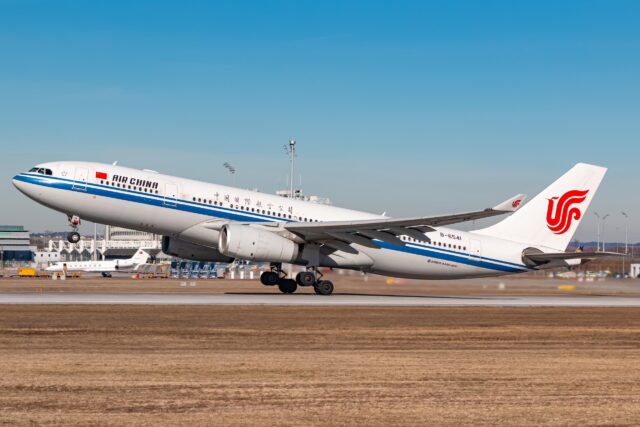Widening gap between mandated and target SAF demand

November 21, 2024

As this year’s COP29 draws to a close, aviation intelligence firm and consultancy, IBA, has forecast a widening gap between government-mandated sustainable aviation fuel (SAF) demand and the more ambitious targets set by major airlines.
Currently being held in Baku until 22 November, COP29 has seen the International Civil Aviation Organization (ICAO), International Maritime Organization (IMO) and the United Nations Economic Commission for Europe (UNECE) come together for the first time ever to align their visions on how to reduce the impact of their respective sectors on climate change. The scaling of sustainable aviation fuel (SAF) has been a key talking point with ICAO underlining that it has seen an “immense progress in SAF production and deployment which are monitored through ICAO Tracking Tools.”
Scaling SAF
In a statement, ICAO said, “136 airports are distributing SAF globally, with more than 250 refineries announcing SAF production.” It also noted that with aviation an essential driver for tourism and a key enabler of development, greater efforts are required for financing teh production and use of sustainable fuels for aviation decarbonisation.
“Just scaling-up SAF production will require around USD 3.2 trillion up to 2050,” the statement read.
In line with ICAO’s forecasting IBA predicts SAF production currently at around one million tonnes in 2024, IBA predicts this figure will grow dramatically to 26.8 million metric tonnes (MT) per year by 2030.
In large part thanks to Neste’s production facility in Singapore, the Asia-Pacific region is currently leading in terms of SAF production capacity with around 1.5 million MT per year. Meanwhile, in Europe, capacity is expected to increase from 0.42 to 2.2 million MT per year by 2025.
However, despite these advancements, mandated SAF demand, which is driven by government requirements for SAF use, is set to grow at a slower pace according to IBA, increasing from around 0.5 million MT in 2024 to 4.1 million MT by 2030. By contrast target SAF demand is forecast to grow more quickly, reflecting the more ambitious SAF targets set by airlines themselves which are now often around 10 per cent of total jet fuel consumption.
Market-based measures
According to Jennifer Stanley, ESG manager at IBA, “Airline-led initiatives that exceed mandated minimums demonstrate a proactive, yet flexible approach to decarbonisation. This suggests that market-base measures will be essential for scaling SAF production and stimulating technology investments.”
Overall, IBA predicts that combined mandated and target SAF demand will rise sharply from one million MT in 2024 to 19.1 million MT by 2030. However, even this growth will fall short of the anticipated production capacity.
















